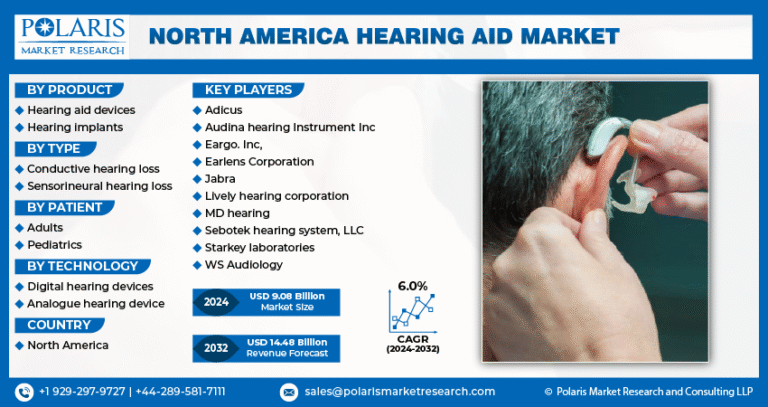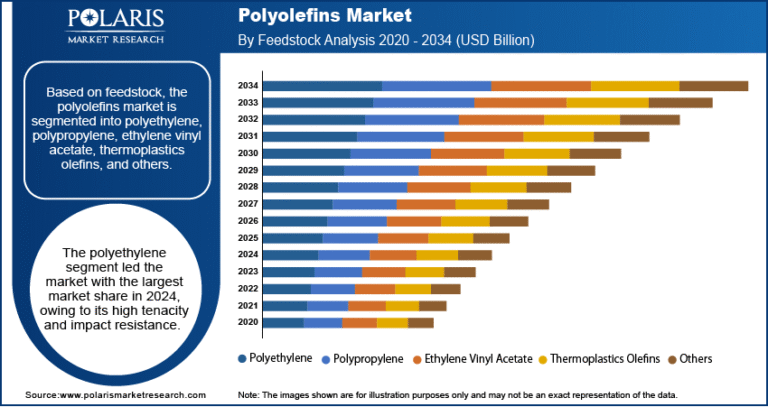Automotive Lightweight Material Market Projected to Reach USD 114.81 Billion by 2034, Growing at a CAGR of 2.1%

The automotive lightweight material market was valued at USD 93.22 billion in 2024 and is projected to reach USD 95.14 billion by 2025, further expanding to USD 114.81 billion by 2034. This growth reflects a compound annual growth rate (CAGR) of 2.1% during the forecast period from 2025 to 2034. Industry expansion is being driven by significant advancements in material science and manufacturing technologies.
Automotive Lightweight Material Market Key Trends & Insights:
- EV Growth: As electric vehicle adoption rises, automakers are using lightweight materials to reduce vehicle weight. This helps improve energy efficiency, extend battery range, and enhance overall performance.
- Composite Demand: Carbon fiber and glass fiber composites are being used more due to their strength and lightness. They offer improved durability and fuel economy, especially in high-performance and luxury vehicles.
- Aluminum Shift: Aluminum is replacing traditional steel in car frames, doors, and hoods. This shift helps manufacturers lower vehicle weight without compromising safety or structural integrity.
- Emission Norms: Governments worldwide are enforcing stricter emission and fuel efficiency standards. Lightweight materials play a key role in helping automakers comply with these regulations.
- Material Innovation: Research is driving the development of new lightweight materials, like nanomaterials and hybrid alloys. These innovations offer improved strength, heat resistance, and cost-efficiency.
- Eco-Friendly Focus: There is a growing focus on using recyclable and sustainable materials. Automakers aim to reduce their carbon footprint and align with global environmental and circular economy goals.
Market Size & Forecast:
· Market size value in 2025 – USD 95.14 billion
· Revenue forecast in 2034 – USD 114.81 billion
· CAGR – 2.1% from 2025 – 2034
𝐆𝐞𝐭 𝐄𝐱𝐜𝐥𝐮𝐬𝐢𝐯𝐞 𝐒𝐚𝐦𝐩𝐥𝐞 𝐏𝐚𝐠𝐞𝐬 𝐨𝐟 𝐓𝐡𝐢𝐬 𝐑𝐞𝐩𝐨𝐫𝐭:
Automotive Lightweight Material Market Overview:
The automotive lightweight material market is witnessing steady growth as manufacturers increasingly prioritize fuel efficiency, performance, and sustainability. Lightweight materials such as aluminum, magnesium alloys, high-strength steel, and advanced composites are widely used to reduce vehicle weight without compromising safety or strength. These materials help in improving vehicle acceleration, handling, and braking, while also lowering emissions and fuel consumption. The trend is particularly strong in electric vehicles (EVs), where lightweight construction directly contributes to extended driving range and better battery efficiency.
Rising environmental concerns, stringent emission regulations, and evolving consumer preferences are driving innovation in the automotive lightweight material market. Automakers are investing heavily in research and development to discover next-generation lightweight solutions that balance cost, durability, and environmental impact. Additionally, advancements in manufacturing technologies are making it easier to integrate lightweight materials into mass production, further boosting their adoption across both passenger and commercial vehicle segments.






